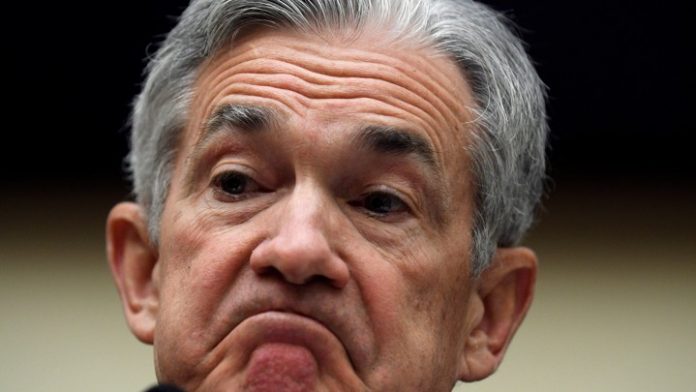Stocks plummeted this morning, erasing yesterday’s “melt-up” gains as the market’s bearish trend continued. The Dow, S&P, and Nasdaq Composite all fell after opening modestly lower on the day.
Apple (NASDAQ: AAPL) tumbled in response to a rare Bank of America downgrade. The bank’s analysts cited weakening consumer demand for the price target reduction just two days after Apple reported that it would be trimming its iPhone production capabilities.
For much of the year, AAPL was both a defensive and an offensive stock. It outperformed by falling less than the general market in downturns. Conversely, AAPL shares rose more than the average S&P stock did during rallies.
That kind of performance is unusual, even for AAPL. B of A’s downgrade may have finally brought the stock back down to earth.
“When you get to that level of concentration, you’re also going to have more volatile indices,” said Upholdings portfolio manager Robert Cantwell about B of A’s downgrade.
“Apple just wants you to think that it’s a macro problem as opposed to a product cycle problem. But the reality is that they’re dealing with both right now.”
But it wasn’t just AAPL that fell this morning. The market endured a broad-based selloff as all but three S&P 500 stocks were down on the day through noon.
It’s a big change in tone from yesterday, when the Bank of England saved the world from another “Lehman moment” by bailing out thousands of British pension funds that were hit with margin calls as a result of a crashing pound.
The Bank of England said that its emergency maneuver to purchase billions of British government bonds would be a temporary measure.
In reality, though, the Bank of England can’t stop its bond-buying program. As soon as it halts the purchase of bonds, they’ll instantly crash again, driving long-term yields through the roof while putting pension funds back at risk of folding to meet margin calls due to their exposure to interest rate-linked funds.
Stocks rallied yesterday on the hopes that the Fed would soon abandon quantitative tightening (QT), too, in favor of another round of quantitative easing (QE).
“For a more sustained rally, investors will need to see convincing evidence that inflation is coming under control, allowing central banks to become less hawkish,” wrote UBS’ Mark Haefele this morning.
But the Fed won’t flip hawkish until one of two things happens:
Either (1) inflation subsides, as Haefele explained, or (2) something “breaks” in the US financial system. The latter happened in the UK yesterday, prompting a response from the Bank of England.
If something breaks with US Treasurys and they start to crash, will there be a big bullish celebration when it occurs? Sure, the Fed would start buying bonds again, but it would be for a very bad reason. Moreover, the Fed would potentially be sending inflation into overdrive.
Stocks may rally in the short-term, but a round of emergency QE would ultimately be a long-term bearish impulse of epic proportions. Only precious metals would be able to escape such a scenario with impressive gains.
And so, despite the response to the Bank of England’s bailout yesterday, bulls should not be hoping for a similar situation to emerge stateside. The realization of that likely contributed to this morning’s equity skid as evidenced by the fact that gold stocks outperformed the general market.








